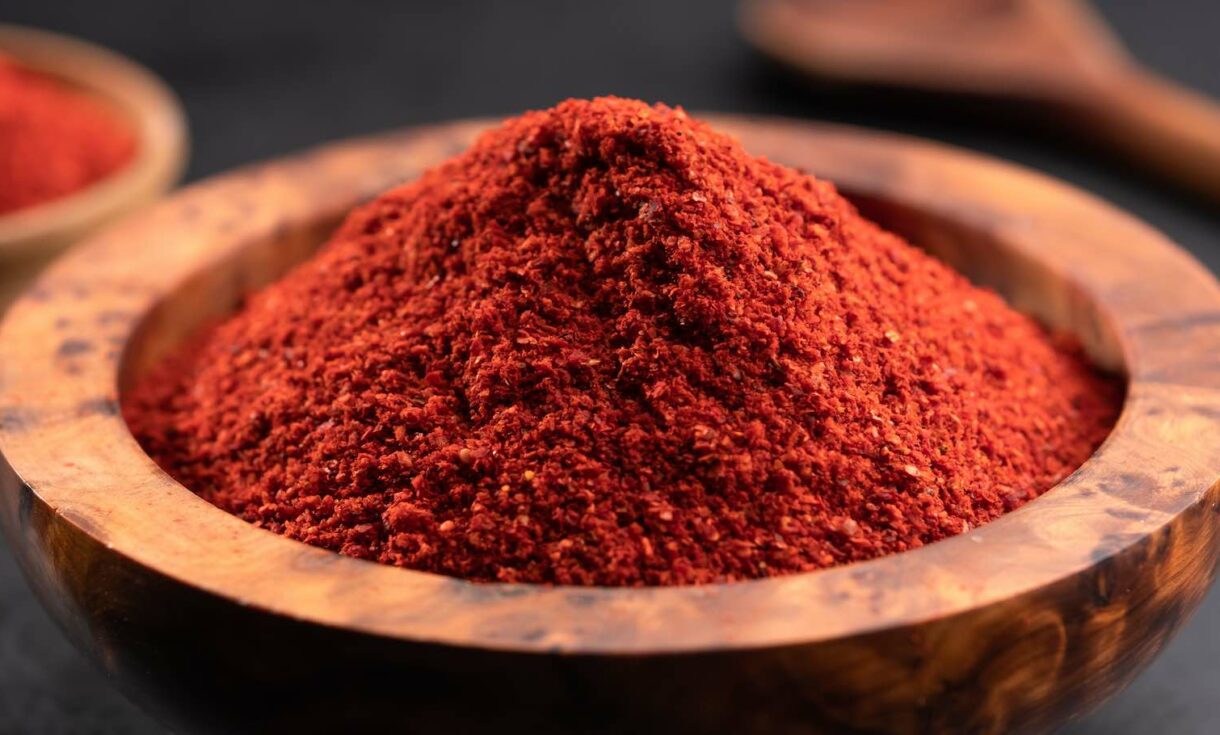- No. 268 Xianghe Street, Economic Development Zone of Xingtai city, Hebei 054001 China
- Byron@hbhongri.cn
different types of paprika
Different Types of Paprika A Colorful Spice Spectrum
Paprika is more than just a vibrant red spice; it comes in various types, each with its unique flavor profile, color, and culinary application. Originating from Central America and later popularized in Hungary and Spain, paprika has established itself as a staple in kitchens around the world. Understanding the different types of paprika can help elevate dishes and add depth of flavor.
1. Sweet Paprika Sweet paprika, often referred to as mild paprika, is perhaps the most commonly used type. Made from dried, ground sweet peppers, it imparts a rich red color without much heat. This variety is perfect for seasoning a wide range of dishes, from stews and soups to roasted vegetables and meat. It's also a key ingredient in Hungarian cuisine, famously used in goulash.
2. Smoked Paprika Also known as pimentón, smoked paprika originates from Spain, where peppers are dried and smoked over an oak fire before being ground. This process infuses a distinct smoky flavor into the spice, making it an excellent choice for adding depth to dishes like paella, chorizo, and various Spanish tapas. Smoked paprika can be found in sweet or hot varieties, allowing for versatility within its category.
different types of paprika

3. Hot Paprika For those who enjoy a bit of spice, hot paprika offers a kick. Made from spicier pepper varieties, it is common in dishes that require an extra layer of heat, such as spicy stews, marinades, and even some bean dishes. It’s essential to use hot paprika sparingly, as its heat can quickly overpower other flavors in a dish.
4. Hungarian Paprika Hungarian paprika has several grades, ranging from mild to hot, with a distinctively vibrant color. The best-known varieties include noble sweet, which is sweet and aromatic, and hot, which provides a significant level of heat. This type of paprika is integral to traditional Hungarian dishes, particularly in stews and meat dishes.
5. American Paprika Often considered a less refined version, American paprika is typically milder and less aromatic than its Hungarian or Spanish counterparts. It is commonly used for coloring and garnishing dishes rather than for its flavor. Though it may not have the complexity of other paprikas, it still finds its place in many American recipes, particularly in deviled eggs and potato salad.
In conclusion, whether you prefer sweet, smoked, hot, or a specific regional variety, paprika can enhance the flavor and visual appeal of your dishes. Exploring the different types of paprika can lead to exciting culinary adventures and a deeper appreciation for this versatile spice.
-
The Versatile Uses and Benefits of Capsicum Frutescens Oleoresin and ExtractsNewsJun.03,2025
-
Paprika&Chili Products Enhancing Flavor and Wellness in Every BiteNewsJun.03,2025
-
Paprika Extract and Capsicum Applications in Food and IndustryNewsJun.03,2025
-
Exploring the Benefits and Uses of Turmeric Powder and Curcumin ExtractNewsJun.03,2025
-
Discover the Bold Flavor of Premium Chilli Powder from ChinaNewsJun.03,2025
-
Capsicum Oleoresin Extract: A Potent Natural Ingredient in Modern ApplicationsNewsJun.03,2025







